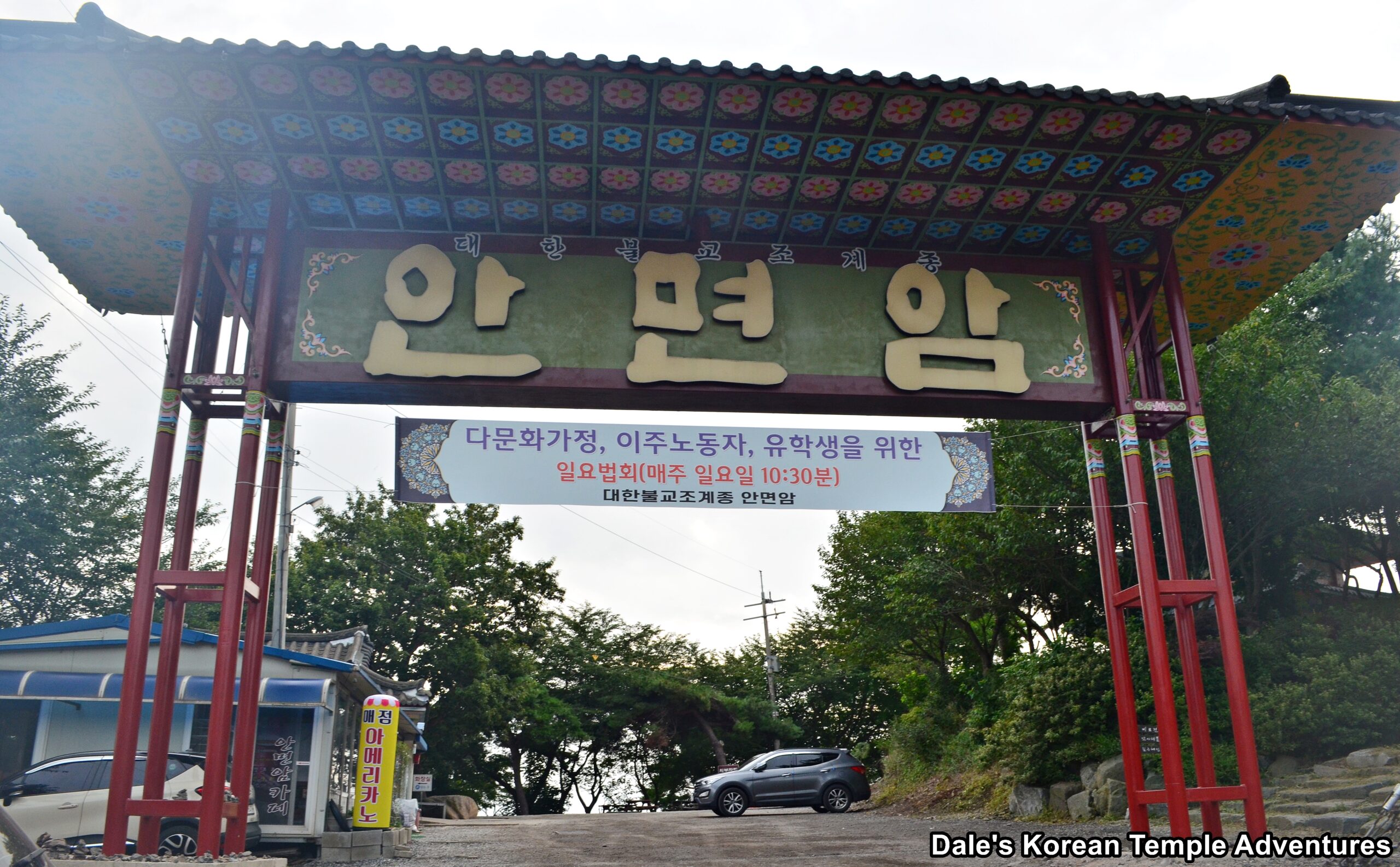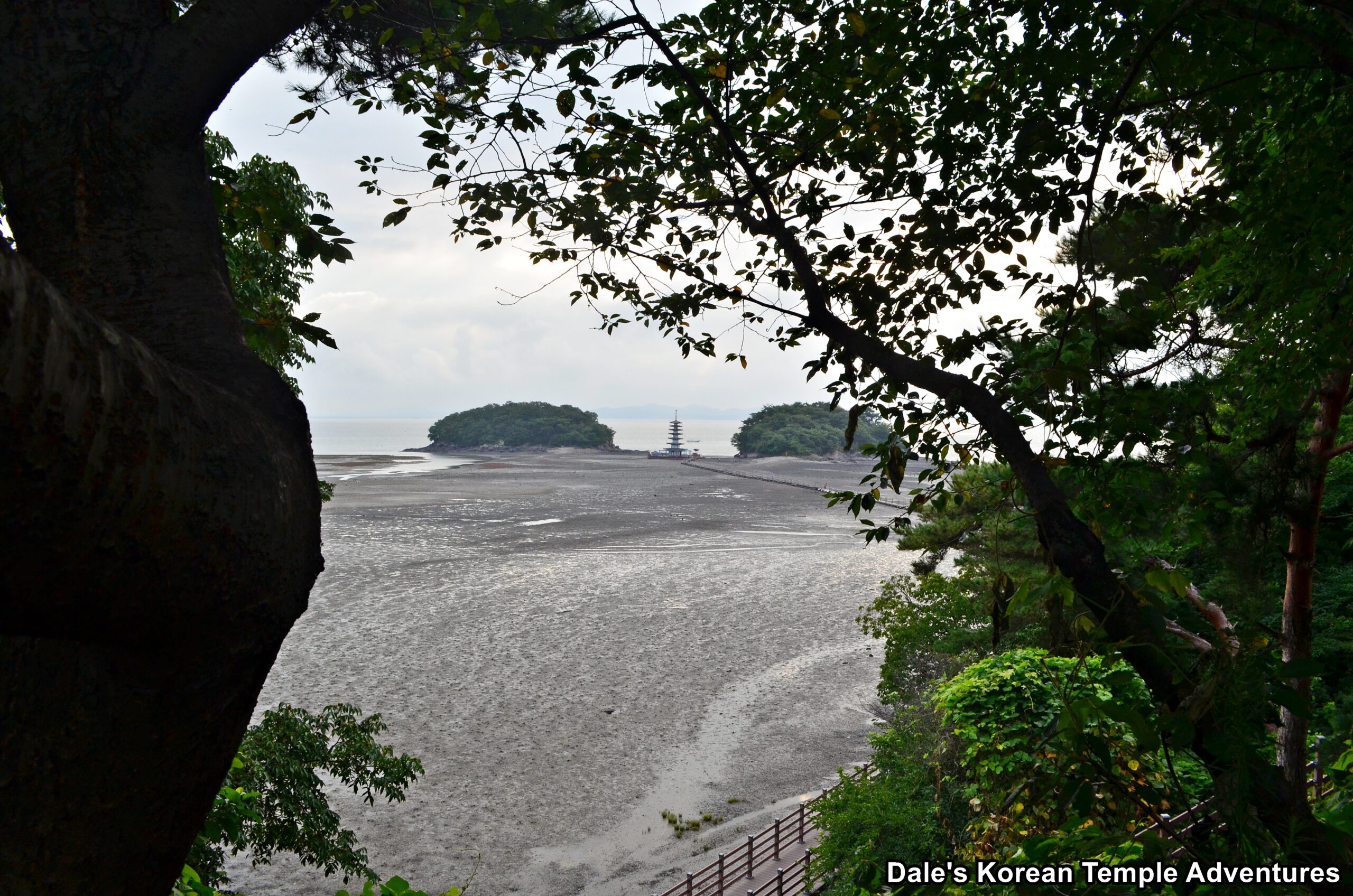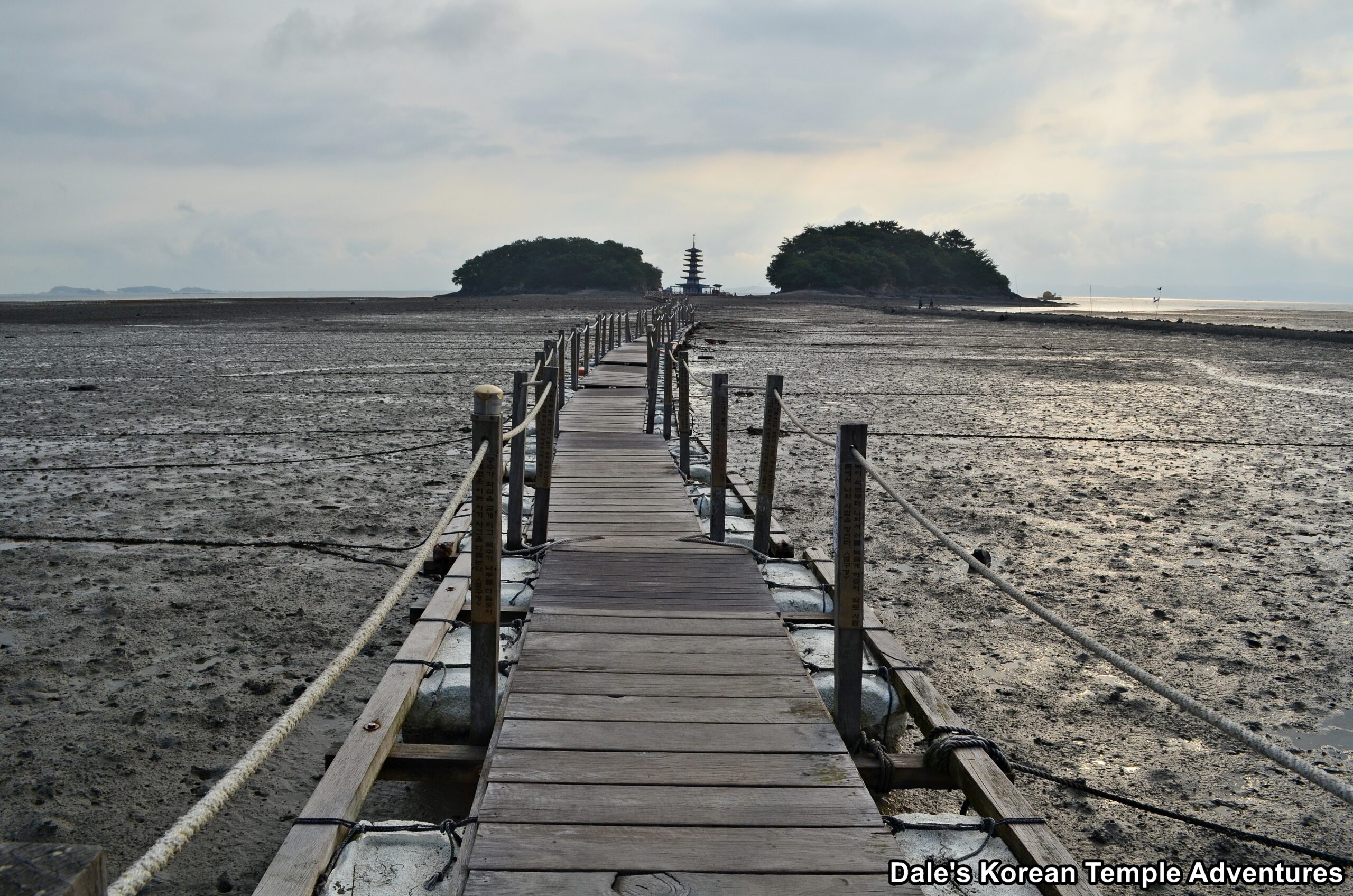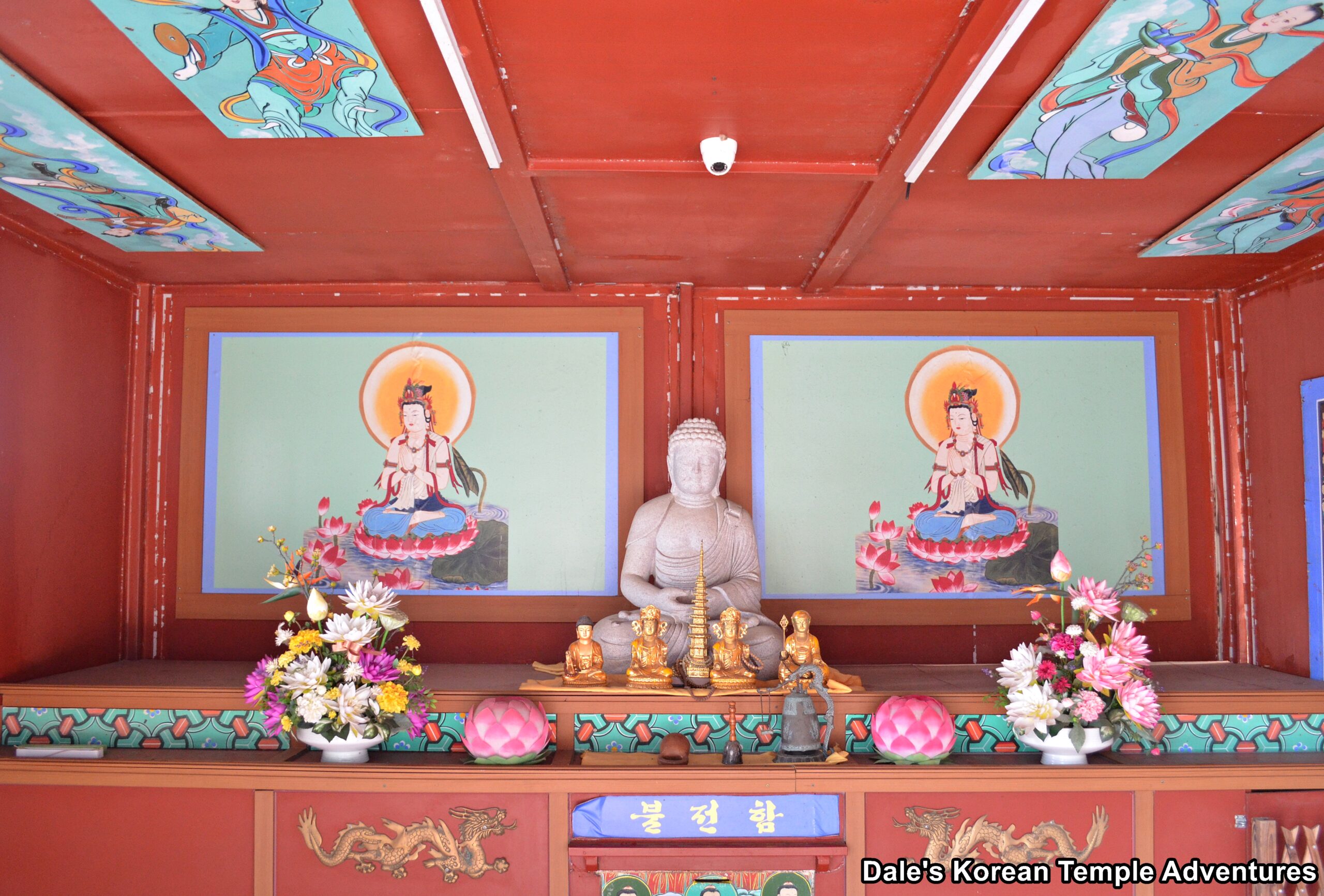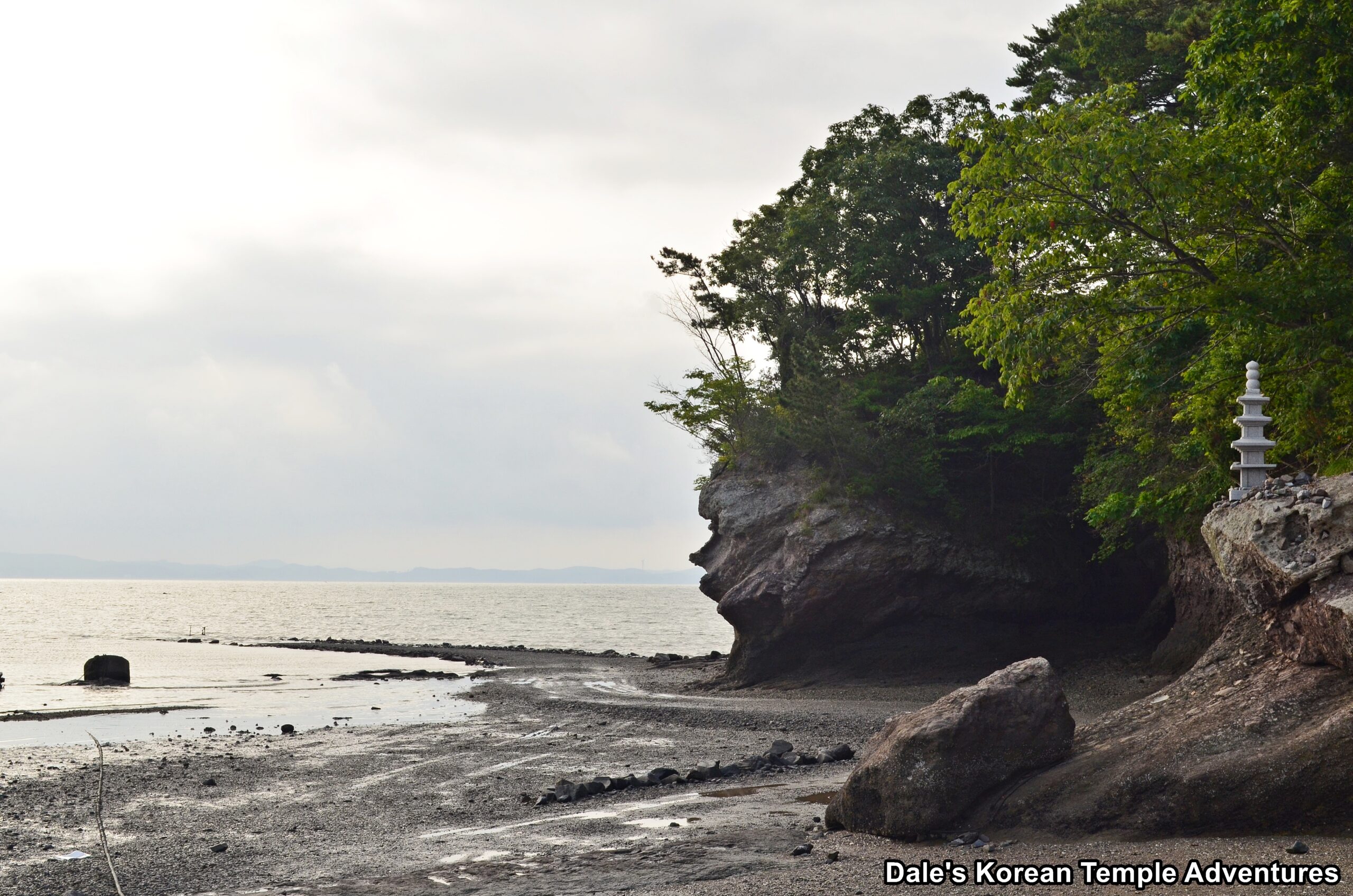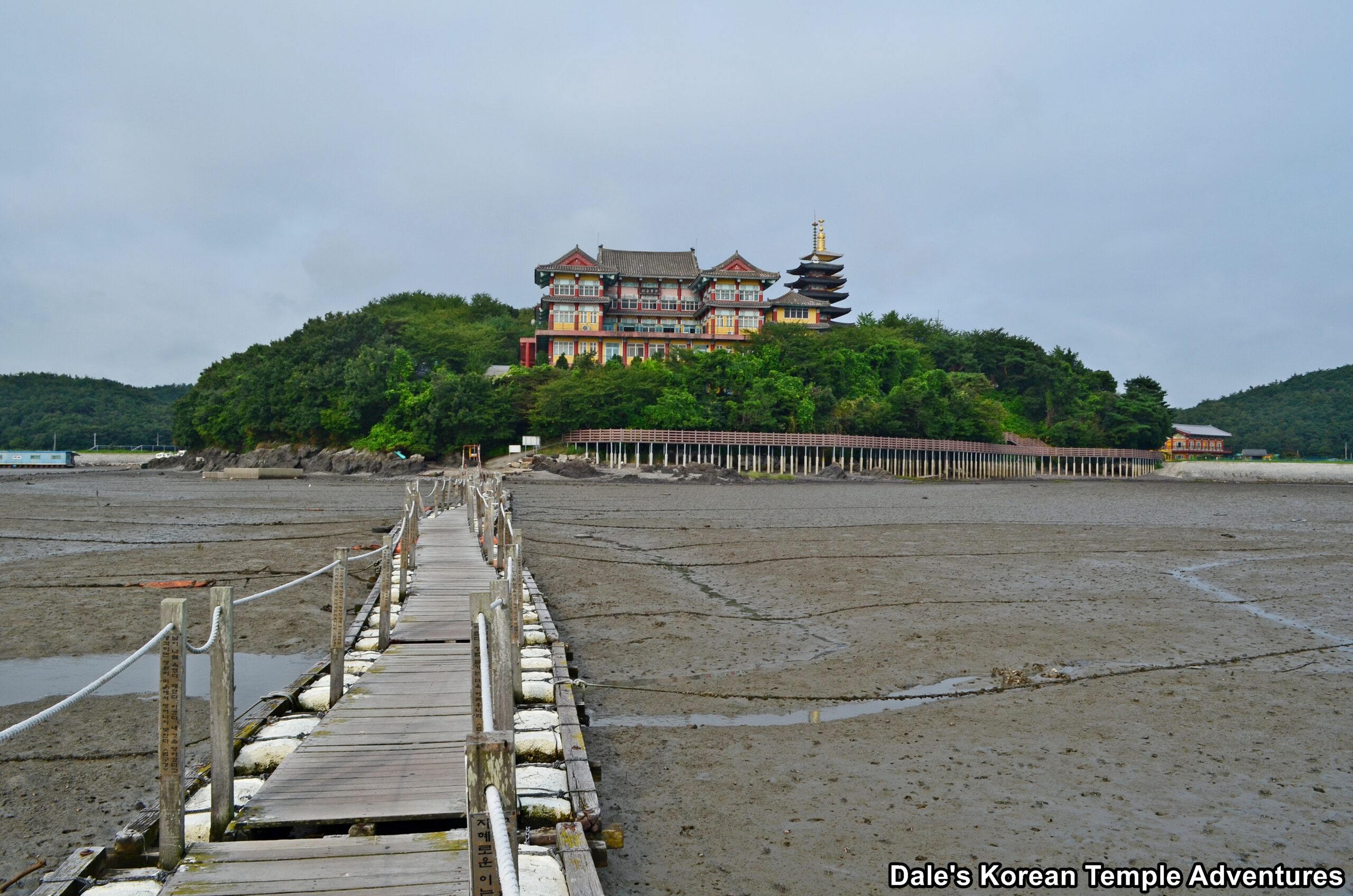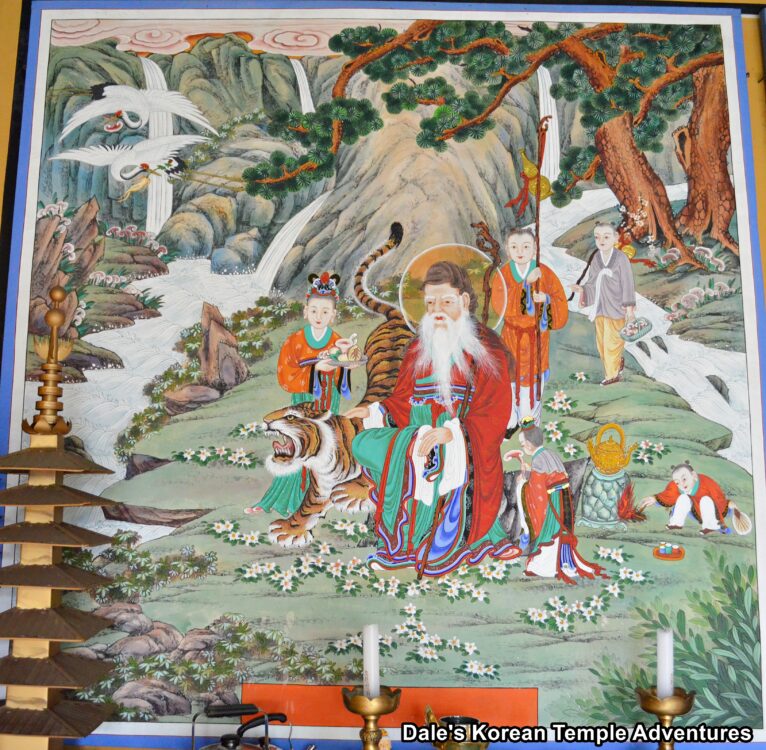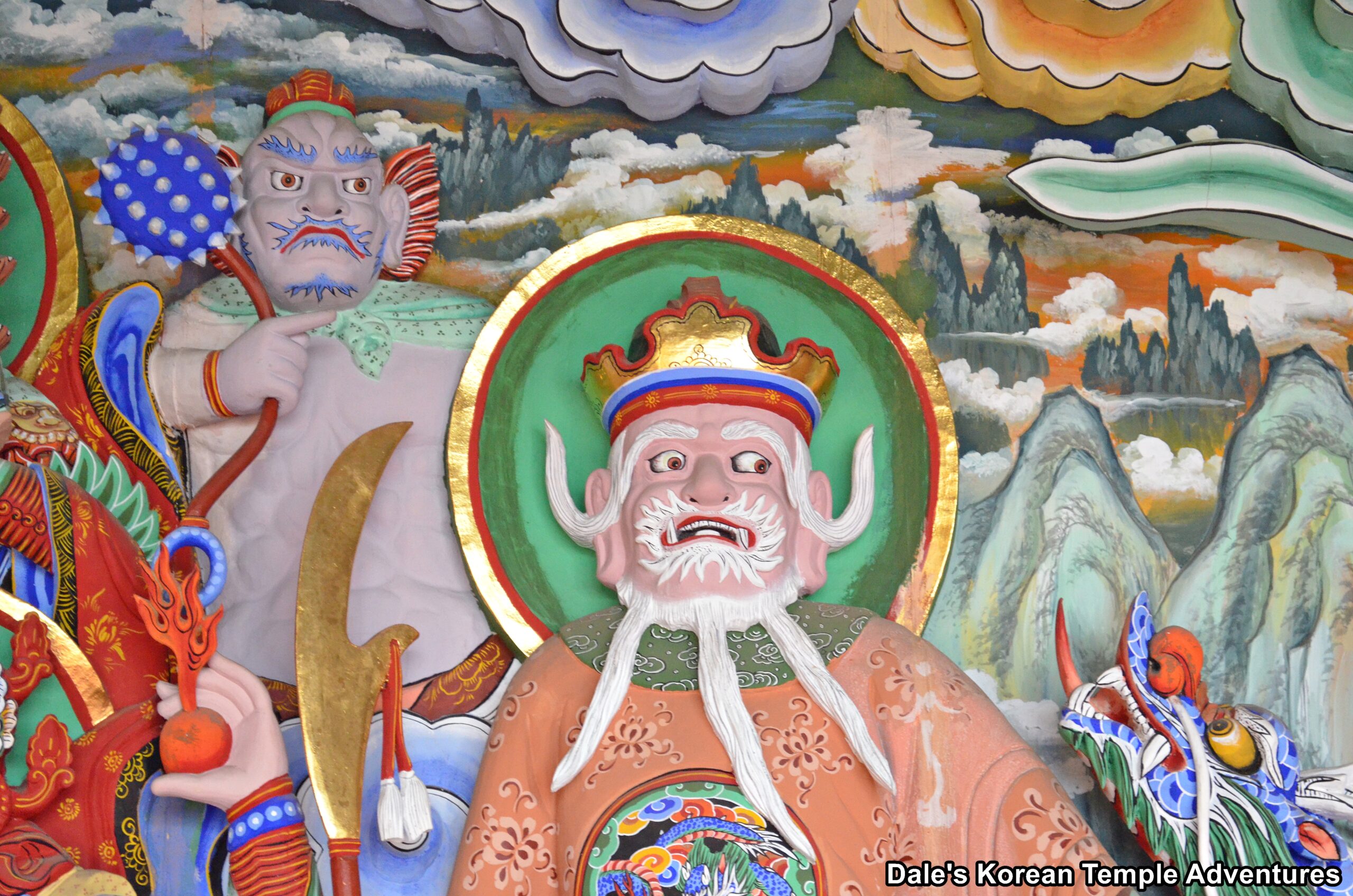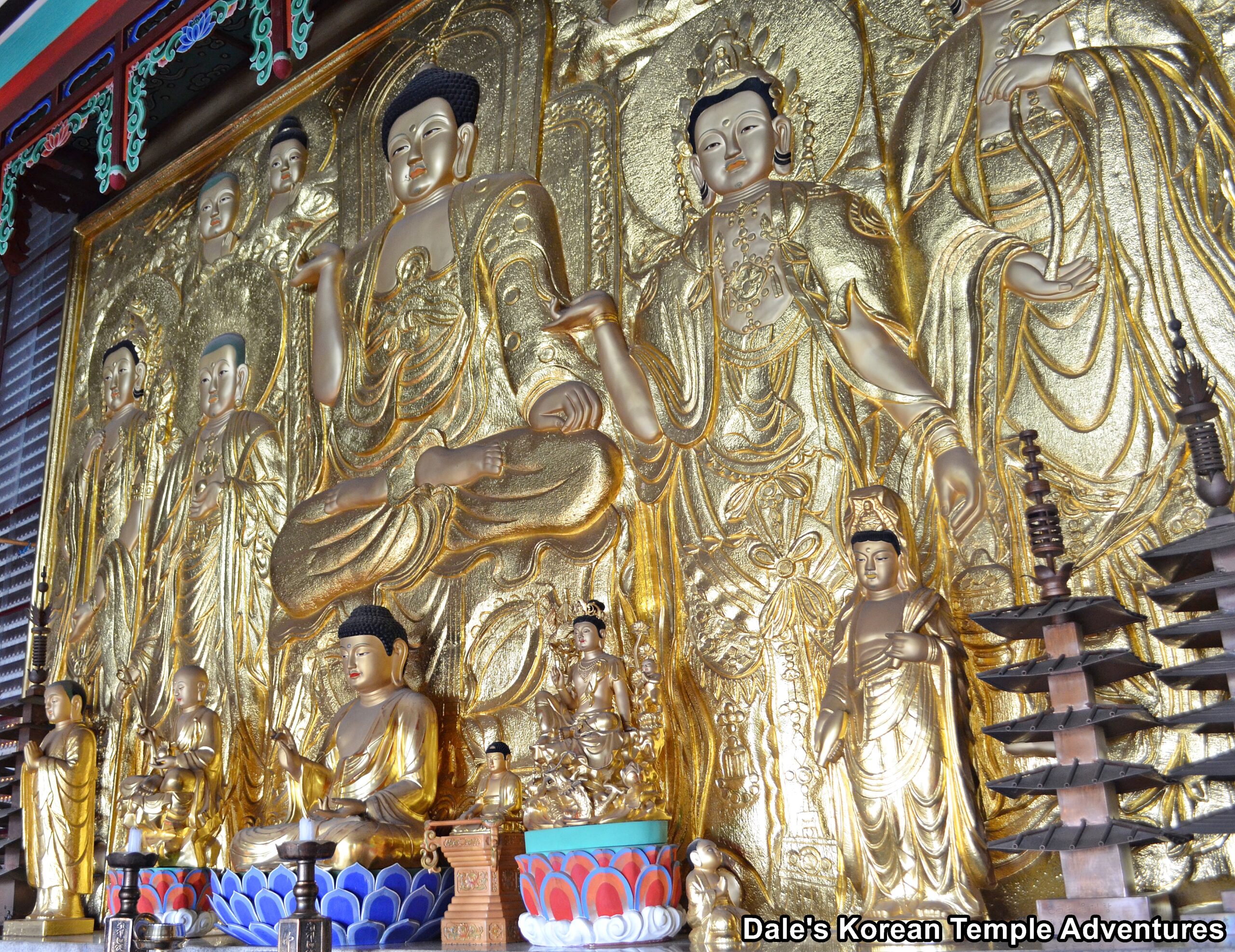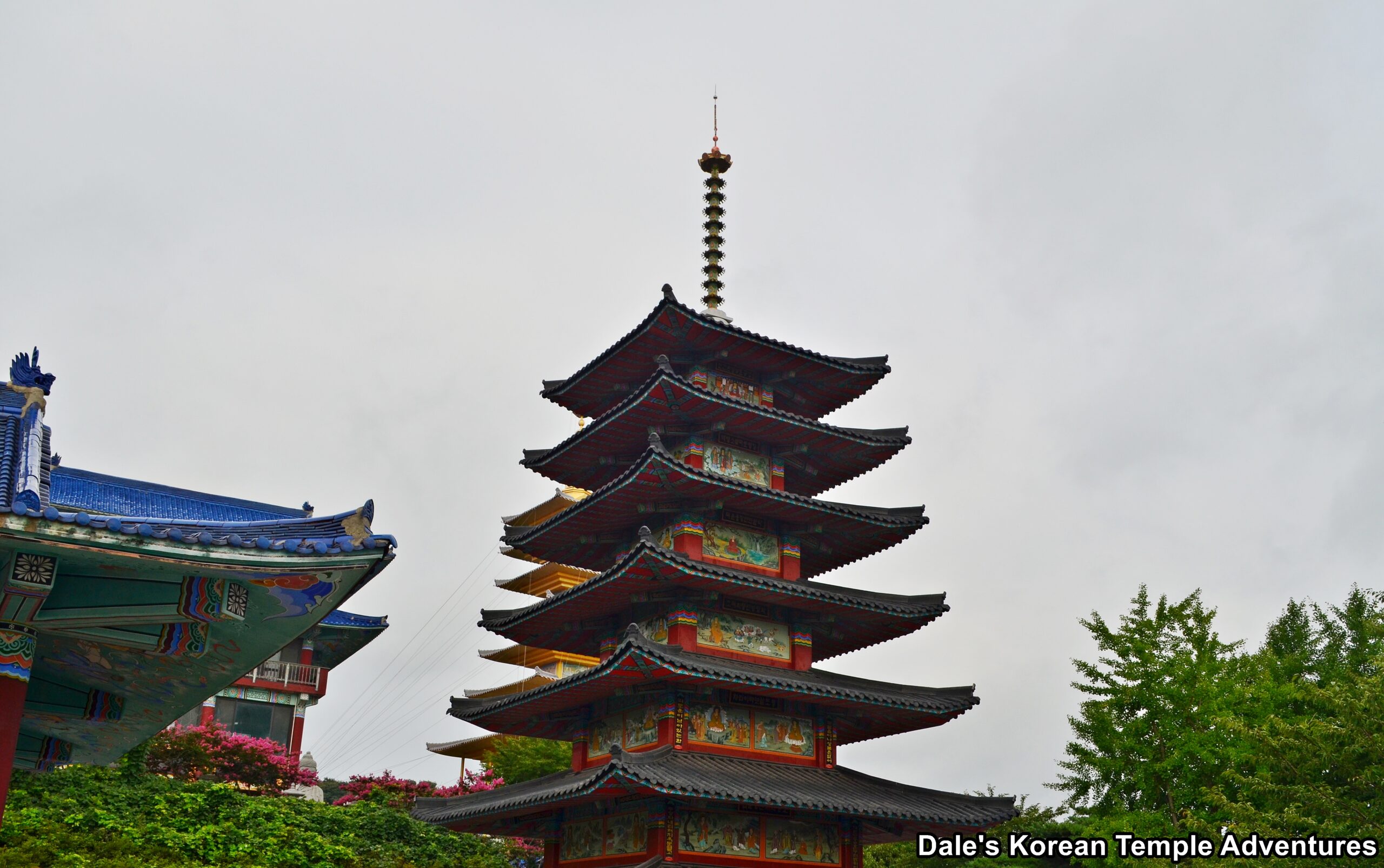Anmyeonam Hermitage – 안면암 (Taean, Chungcheongnam-do)
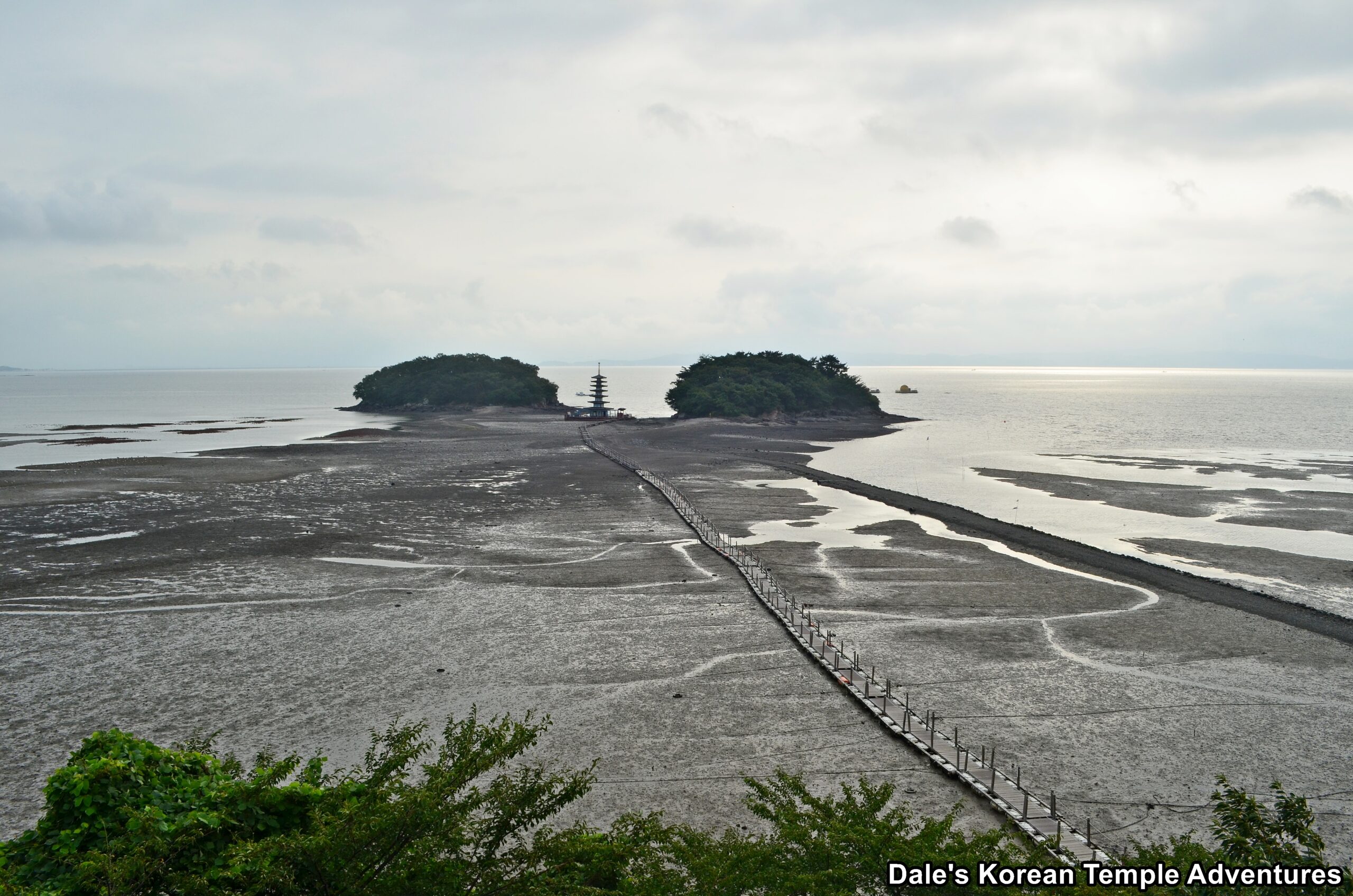
Hermitage History
Anmyeonam Hermitage is located in Taean, Chungcheongnam-do on Anmyeon-do Island; from which, the hermitage gets its name. Anmyeonam Hermitage is a new hermitage first constructed in 1998. The hermitage belongs to the Jogye-jong Order, and it falls under the administration of Geumsansa Temple. Anmyeonam Hermitage was first built by the followers of the monk Jimyeong, who was the head monk at Beopjusa Temple. Anmyeonam Hermitage is a coastal hermitage that overlooks Cheonsuman Bay. There are numerous shrine halls stacked and gathered together on the hermitage grounds. Unfortunately, they’re all concrete. But while newer and concrete in composition, the coastal views are stunning.
Hermitage Layout
You first approach Anmyeonam Hermitage up a collection of back country roads, until you eventually arrive at the hermitage parking lot and a modern Iljumun Gate. Immediately to your right, and up an embankment, you’ll find a pair of simplistically built concrete pagodas. The thinly built, golden pagoda further up the hillside is decorative, while the larger, and more ornate pagoda, is the Myeongbu-jeon Hall. Only the first floor of this concrete structure has a shrine inside it. Additionally, you can look up through the centre of the pagoda to the top of its ceiling. As for the main altar inside the Myeongbu-jeon Hall, you’ll find a solitary image of a golden Jijang-bosal (The Bodhisattva of the Afterlife). Surrounding the interior of the squarish confines are murals dedicated to the Siwang (The Ten Kings of the Underworld) that are painted directly unto the structure’s surface.
To the left of the Myeongbu-jeon Hall, and standing on top of the two-story structure, is the hermitage’s Nahan-jeon Hall. Unfortunately, this hall was locked when I visited, but you can see a beautiful collection of Palsang-do (The Eight Scenes from the Buddha’s Life Murals) adorning the exterior walls.
Across the gravel courtyard, you’ll find a wall of temple shrine halls one stacked on top of the other for three stories in total. There is the wider shrine hall to the right and the more slender one to the left. The first story of the slender structure is occupied by the Samseong-gak Hall. This shaman shrine hall is populated by three of the largest shaman murals in Korea. The far left mural is dedicated to Sanshin (The Mountain Spirit), while the central mural is dedicated to Chilseong (The Seven Stars), and the far right mural is dedicated to Dokseong (The Lonely Saint). And standing out in front of the shrine hall is a statue dedicated to Mireuk-bul (The Future Buddha).
Above the Samseong-gak Hall, and up a set of stairs, is the Gwaneum-jeon Hall. There is a large wooden relief dedicated to Gwanseeum-bosal (The Bodhisattva of Compassion) on the main altar of this temple shrine hall. To the left of the serene image of Gwanseeum-bosal stands a nervously pointing image of Yongwang (The Dragon King).
Across a metal bridge, and up a flight of stairs, you’ll come to the second floor main hall at Anmyeonam Hermitage. The first story of this structure acts as the administrative office and kitchen, while the third floor seems unoccupied. However, the second floor houses the Geukrak-jeon Hall at Anmyeonam Hermitage. It’s also from this vantage point that you get a beautiful view of the bay off in the distance, which also just so happens to be your future destination. Housed inside the low-ceilinged shrine hall, and resting on the main altar, are five statues. The central seated image is dedicated to Amita-bul (The Buddha of the Western Paradise). On either side are two seated images: one dedicated to Jijang-bosal and the other to Gwanseeum-bosal. And these two seated images are then joined by standing images of themselves book-ending the main altar set of five statues. And these five statues are then backed by a beautiful golden relief centred by Amita-bul. To the right of the main altar is a vibrant relief of the Shinjung Taenghwa (Guardian Mural).
Now back on the ground level, and heading down towards the sea, you’ll pass by a row of Geumgang-yeoksa (Vajra Warrior) stone statues. Keep heading this way down the pathway, as it slowly descends towards the coastline. Once you do reach the coastline, you’ll notice a 100 metre long floating bridge that leads out towards a floating seven-story pagoda. The pagoda lies between two islands with the northern island known as Fox Island, or “Yeoduseom – 여우섬” in Korean. If you’re lucky, you’ll be able to visit the hermitage during high-tide with both the bridge and pagoda floating. However, if the tide is low, and the bridge and the pagoda are lying on the floor of the tidal basin, it’s still a pretty magical place seeing all the aquatic life like crabs crawling around the mud flats. And looking back from the floating bridge, you get a pretty nice view of the hermitage grounds which appear even more impressive at a distance.
How To Get There
There are a few buses that go out to Anmyeonam Hermitage from the Taean Intercity Bus Terminal. However, all are long and even longer. The shortest and simplest bus ride is Bus #705. You’ll need to ride this bus for 56 stops, or one hour and forty minutes, until you get to the “Jeongdang-4ri/Maeul-hoegwan/Yeosu-hae – 정당4리/마을회관/여수해.” From where this bus drops you off, you’ll need to make your way east through the country roads for an additional 1.6 km, or 25 minutes.
There are other buses that go to Anmyeonam Hermitage from the Taean Intercity Bus Terminal, but you either have to walk further once you’re finally dropped off, or you need to catch a connecting bus like Bus #1001 connecting to Bus #707. Or for longer walks, you can catch Bus #701 or Bus #703 and walk for 2.7 km.
Or you could simply take a taxi, but it’ll cost you 50,000 won (one way), and the ride will take about 30 minutes.
Overall Rating: 7/10
Much like Ganwolam Hermitage, Anmyeonam Hermitage is beautifully situated along the coastline in Chungcheongnam-do. And while all the buildings are made of concrete at this hermitage, there are a few beautiful artistic accomplishments at Anmyeonam Hermitage like the main altar statues and golden relief, as well as the relief dedicated to Gwanseeum-bosal and the large shaman murals housed inside the Samseong-gak Hall. But again, if you’re travelling all the way to Anmyeonam Hermitage, it’s for the view and the one hundred metre long bridge that takes you out towards Fox Island and the floating pagoda.
